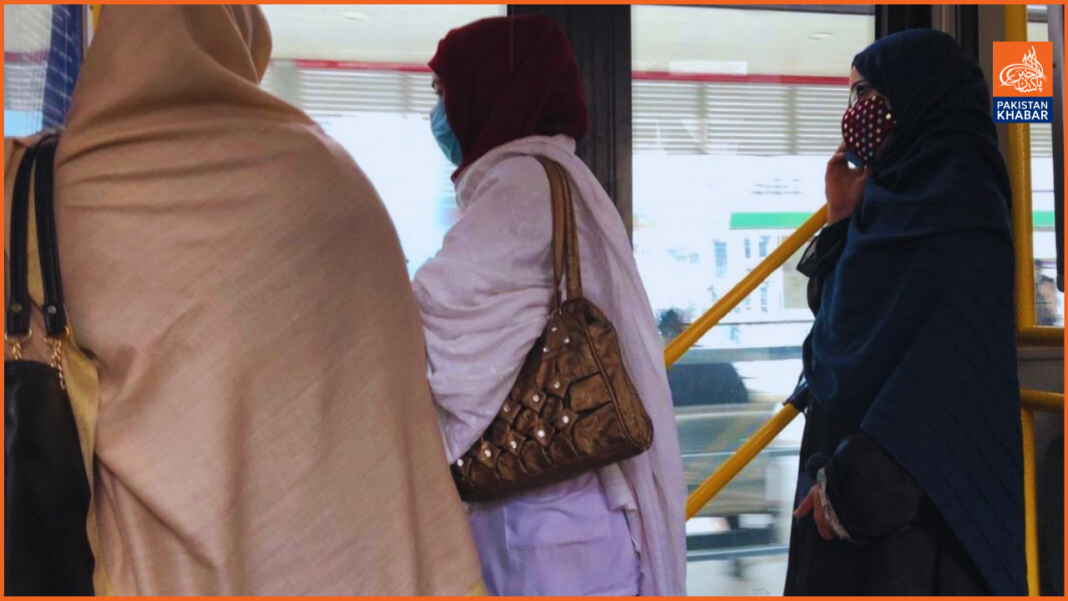The phenomenon of harassment faced by females during local bus travel in Pakistan is a multifaceted issue that encompasses various forms of abuse, ranging from verbal to physical. The empirical evidence from Islamabad indicates that street harassment is a pervasive issue for women, who experience objectification and abuse as part of their daily lives. This is not an isolated problem but part of a broader pattern of gender violence that infringes upon women’s right to move freely and securely in public spaces. Interestingly, while the issue is widespread in Pakistan, it is also a common challenge in other South Asian countries. Studies from Sri Lanka and Nepal reveal that sexual harassment in public transportation is a significant concern, with a high percentage of women facing harassment, particularly after dark In Tanzania, factors contributing to harassment on public transport include moral decay, mental disorders among some men, and a lack of strong legal enforcement These findings suggest that the problem is systemic and deeply rooted in the socio-cultural fabric of these societies. In conclusion, the harassment of females on local buses in Pakistan is part of a larger regional issue where women’s mobility is curtailed by the threat of gender-based violence. The studies reviewed highlight the urgent need for policy interventions and societal change to protect women’s dignity and ensure their safety in public spaces. Addressing this issue requires a concerted effort from governments, civil society, and the public at large to challenge patriarchal norms and promote gender equality.
To address female harassment issues during travel, a multifaceted approach is necessary. Technological interventions can provide immediate assistance and enhance safety, such as mobiles with emergency features, wearable distress signal devices, and systems that send emergency messages with location data. Additionally, educational platforms and awareness campaigns can inform both potential victims and the wider community about harassment and prevention strategies. However, technology and education alone are not sufficient. There is a need for systematic research to inform public authorities and town planners in developing security measures, especially in public spaces and transit routes frequented by women Moreover, embedding value-based work culture in educational settings and implementing legal frameworks can act as deterrents to harassment It is also crucial to have government intervention in establishing laws, policies, and guidelines to protect women in the workplace and public spaces. Finally, tackling female harassment during travel requires a combination of technological solutions, educational efforts, systematic research, cultural change, and robust legal frameworks. By leveraging these strategies, it is possible to create safer environments for women and move towards gender equity in public spaces.



